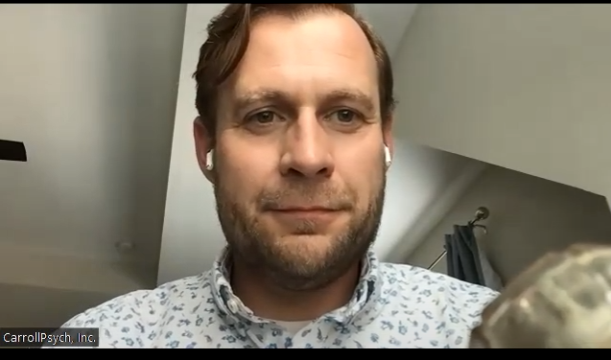A colleague was talking with me recently about the struggles to fill out her marketing team. She was excited to bring a new hire on board. Within a couple of weeks, however, she let the new employee go. The employee was not a good fit for the small office culture. I praised her for her decisive move, noting that holding on to people for too long is an area where I struggle. As a coach by nature, reinforced by training, I have a deep-seated belief that I can help people get better at what they do. But that is not always the case.
Most often when we think about poor job performance what comes to mind is an individual’s performance of duties. Indeed, the easier it is to quantify poor performance, the easier it is to build an action plan to correct it. Coaching can either help the person improve or can quickly demonstrate a lack of capacity to do the assigned job. Documentation is easy, and the path forward is clear.
The bigger challenge is deciding what to do with the employee who is performing well but cannot fit in with the team, triggering interpersonal problems without taking responsibility for the impact of his or her actions. It is a lot easier to fire for incompetence than interpersonal issues, but those issues are the real killers of performance. In fact, it can drive other good employees away, and the longer it is allowed to continue, the deeper the wound. This has been a hard lesson for me to learn, as I am stubborn and nearly always see the best in people. I have been taught too many times that when my gut tells me it is time for someone to leave, it is time to act.
The best approach is straightforward. Let the employee know his or her behavior is damaging to the team. The majority of the time, the individual is not aware of the negative impact of the behavior. This blindness means the employee has not picked up on, or has simply ignored, the feedback of team members. And that takes us to the pivot point. If the employee listens to the feedback and makes changes in interactions with the team, then you should be willing to coach and work with the employee for behavioral change. If the employee is reluctant to accept the feedback, or worse, immediately grows extremely defensive, then the clock should start on whatever dismissal process the organization and state laws require.
Hanging on to toxic employees will not only damage their teams, but it will also undermine faith in your leadership. Even if you move as quickly as possible it can still be agonizing as the complaints from other employees build up. It is much worse if you wait to start the process when the team is at its wits’ end.
Now, if I can just follow my own advice in the future.
Bryan G. Stephens is a former executive on a mission to transform the workplace. He is the founder and CEO of TalkForward, a consulting and training company, utilizing Bryan’s clinical and management expertise to develop managers and teams in a corporate environment. As a licensed therapist with strong understanding of developing human potential, he is dedicated to the development of Human Capital to meet the needs of leaders, managers, and employees in the 21st Century workplace.
Bryan has an Executive MBA from Kennesaw State University, Coles School of Business, and both a Master’s and Bachelor’s degree in Psychology.






